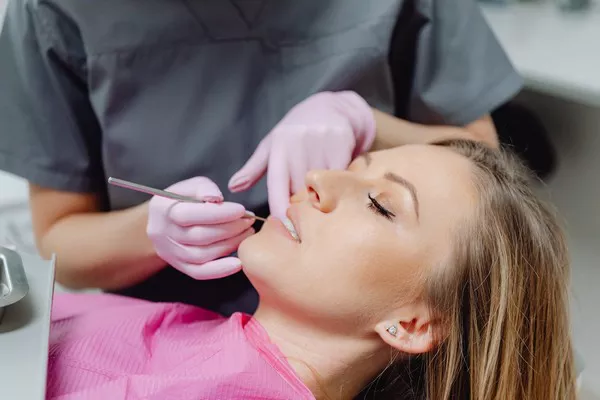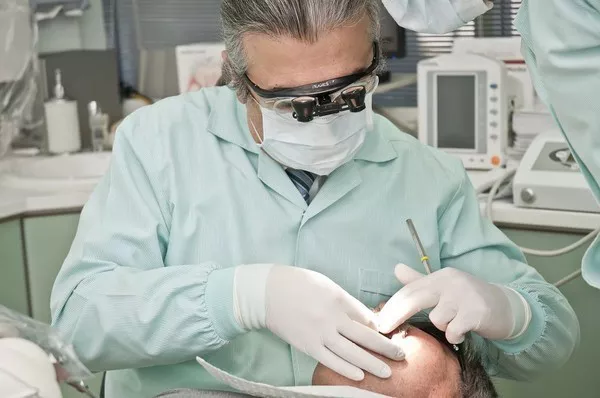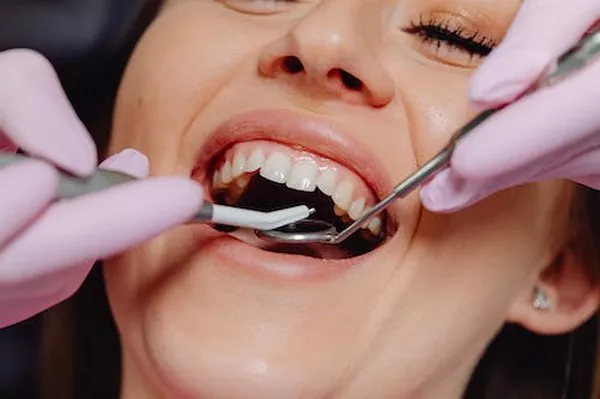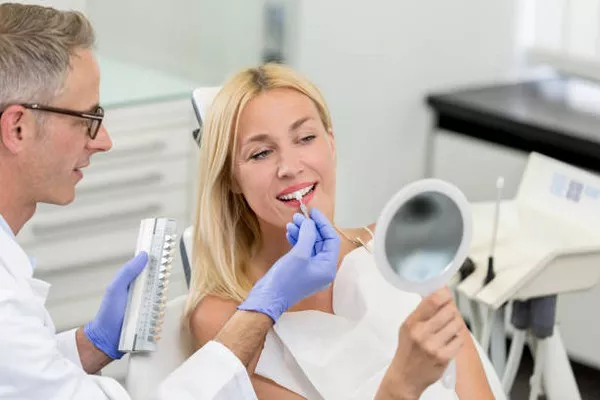In the pursuit of a brighter smile, many individuals seek cost-effective solutions that deliver noticeable results without breaking the bank. Fortunately, several budget-friendly teeth whitening options are available to consumers, ranging from over-the-counter products to DIY remedies and lifestyle adjustments. In this article, we’ll explore various affordable methods for whitening teeth, including whitening toothpaste, DIY baking soda paste, oil pulling, good oral hygiene practices, dietary adjustments, home remedies, and the importance of seeking professional advice.
Overview of Affordable Whitening Methods
Achieving a whiter smile doesn’t necessarily require expensive treatments or procedures. Several affordable options can effectively remove surface stains and enhance the overall appearance of your teeth. From readily available whitening toothpaste to simple DIY remedies, consumers have numerous choices to explore. Let’s delve into each method to understand its benefits and considerations.
Whitening Toothpaste
Whitening toothpaste is perhaps the most accessible and widely used method for teeth whitening. These toothpastes typically contain abrasive particles or chemical agents that help remove surface stains and brighten the teeth over time. While they may not deliver dramatic results compared to professional treatments, whitening toothpaste can gradually lighten stains and improve the appearance of your smile with regular use.
It’s important to note that whitening toothpaste is most effective for removing extrinsic stains caused by foods, beverages, and tobacco. However, it may have limited impact on intrinsic discoloration or deep-seated stains. Additionally, some individuals may experience tooth sensitivity with certain whitening toothpaste formulations, so it’s advisable to choose products that are gentle on the teeth and gums.
DIY Baking Soda Paste
For those seeking a natural and cost-effective approach to teeth whitening, DIY baking soda paste offers a simple solution. Baking soda, or sodium bicarbonate, is mildly abrasive and can help scrub away surface stains when used as a toothpaste alternative. To create a baking soda paste, simply mix a small amount of baking soda with water until it forms a thick consistency, then apply it to your toothbrush and brush your teeth gently for about two minutes.
While baking soda can effectively remove surface stains, it’s essential to use it sparingly to avoid excessive abrasion that may damage tooth enamel over time. Additionally, some individuals may find the taste or texture of baking soda paste unpleasant. As with any DIY remedy, it’s important to use caution and discontinue use if you experience any adverse effects.
Oil Pulling
Oil pulling is an ancient Ayurvedic practice that involves swishing oil around in your mouth to promote oral health and potentially whiten teeth. Coconut oil is a popular choice for oil pulling due to its antimicrobial properties and pleasant taste. To perform oil pulling, simply swish one to two tablespoons of coconut oil in your mouth for 10 to 20 minutes, then spit it out and rinse your mouth thoroughly with water.
Proponents of oil pulling claim that it can help remove toxins, bacteria, and plaque from the mouth, leading to fresher breath and whiter teeth over time. While scientific evidence supporting these claims is limited, some individuals report noticeable improvements in oral hygiene and teeth whitening with regular oil pulling. However, it’s essential to note that oil pulling should not replace traditional oral hygiene practices such as brushing and flossing, but rather complement them as part of a comprehensive oral care routine.
Good Oral Hygiene Practices
Maintaining good oral hygiene is crucial for preserving the health and appearance of your teeth. Brushing your teeth at least twice a day with fluoride toothpaste helps remove plaque and prevent stains from forming. Additionally, flossing daily helps clean between teeth and along the gumline, where food particles and plaque can accumulate.
In addition to regular brushing and flossing, using an antibacterial mouthwash can help reduce bacteria and freshen breath. Choosing oral care products that are specifically formulated to prevent stains and promote whitening can further enhance your smile’s brightness. Moreover, scheduling regular dental check-ups and professional cleanings can address any underlying issues and ensure optimal oral health.
Dietary Adjustments
The foods and beverages we consume can significantly impact the color of our teeth. Certain items, such as coffee, tea, red wine, and dark-colored sauces, contain pigments that can stain tooth enamel over time. By minimizing consumption of these stain-causing substances and practicing moderation, you can help preserve the whiteness of your teeth.
If you do indulge in staining foods or beverages, consider using a straw to minimize contact with your teeth or rinsing your mouth with water afterward. Additionally, chewing sugar-free gum can stimulate saliva production, which helps neutralize acids and wash away food particles that may contribute to staining.
Home Remedies
In addition to baking soda and oil pulling, several other home remedies are purported to whiten teeth naturally. One common option is diluted hydrogen peroxide, which is sometimes used as a mouthwash or applied directly to the teeth with a cotton swab. While hydrogen peroxide may help remove surface stains, it’s essential to use it sparingly and follow safety guidelines to avoid potential damage to tooth enamel and oral tissues.
Other home remedies for teeth whitening include using lemon juice, strawberries, or apple cider vinegar, although these methods may be more abrasive or acidic and could potentially harm tooth enamel if used excessively. It’s crucial to approach home remedies with caution and be mindful of their potential risks and limitations. Consulting with a dental professional before trying any DIY whitening method can help ensure safety and effectiveness.
Professional Advice
While affordable whitening methods can offer convenience and cost savings, it’s essential to prioritize safety and effectiveness. Consulting with a dental professional before embarking on any whitening regimen can help ensure that you choose the most suitable option for your needs and avoid potential risks or complications.
A dentist can assess your oral health, identify any underlying issues that may affect the success of whitening treatments, and recommend appropriate solutions. In some cases, professional teeth whitening performed in a dental office may be the most effective and safest option for achieving noticeable results.
Conclusion
Achieving a brighter smile doesn’t have to break the bank. With a variety of affordable whitening methods available, consumers can take proactive steps to enhance the appearance of their teeth without spending a fortune. Whether you opt for whitening toothpaste, DIY remedies, dietary adjustments, or professional guidance, maintaining good oral hygiene and seeking professional advice are key to achieving long-lasting results and preserving the health of your smile.
FAQs About Teeth Whitening
1. What’s the cheapest way to get your teeth whitened?
One of the most affordable options for teeth whitening is using over-the-counter whitening products such as whitening toothpaste or whitening strips. These products are readily available at most supermarkets and drugstores and typically cost less than professional whitening treatments.
2. How can I whiten my teeth quickly?
If you’re looking for quick results, consider using whitening strips or trays that are specifically formulated for rapid whitening. These products typically contain higher concentrations of whitening agents and may produce noticeable results in a shorter period, often within a few days or weeks of regular use.
3. How can I get white teeth without spending money?
There are several ways to whiten your teeth at home without spending money on commercial whitening products. DIY remedies such as brushing with baking soda or using hydrogen peroxide diluted with water can help remove surface stains and brighten your smile. Additionally, practicing good oral hygiene, avoiding stain-causing foods and beverages, and incorporating natural teeth-whitening ingredients into your diet, such as crunchy fruits and vegetables, can contribute to a brighter smile without any additional cost.
4. What is the most effective teeth whitening method?
The effectiveness of teeth whitening methods can vary depending on individual factors such as the severity of staining, dental health, and personal preferences. Professional teeth whitening treatments performed by a dentist are generally considered the most effective option for achieving significant and long-lasting results. These treatments often use higher concentrations of whitening agents and may include in-office procedures such as laser or light-activated whitening, as well as take-home kits with custom-fitted trays. However, it’s essential to consult with a dental professional to determine the most suitable whitening method for your needs and ensure safe and effective results.
You Might Be Interested In
































